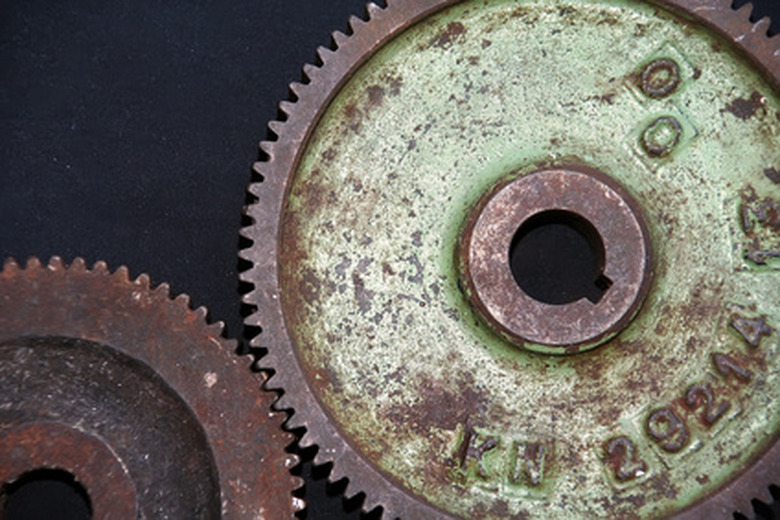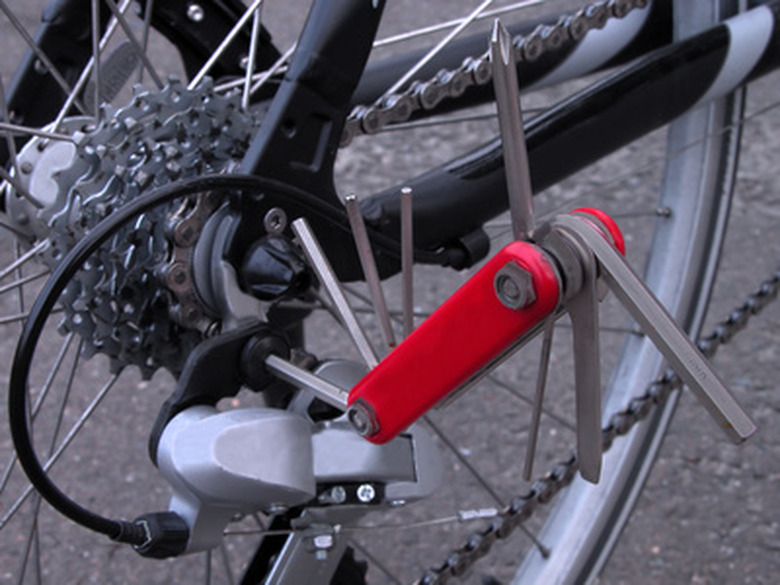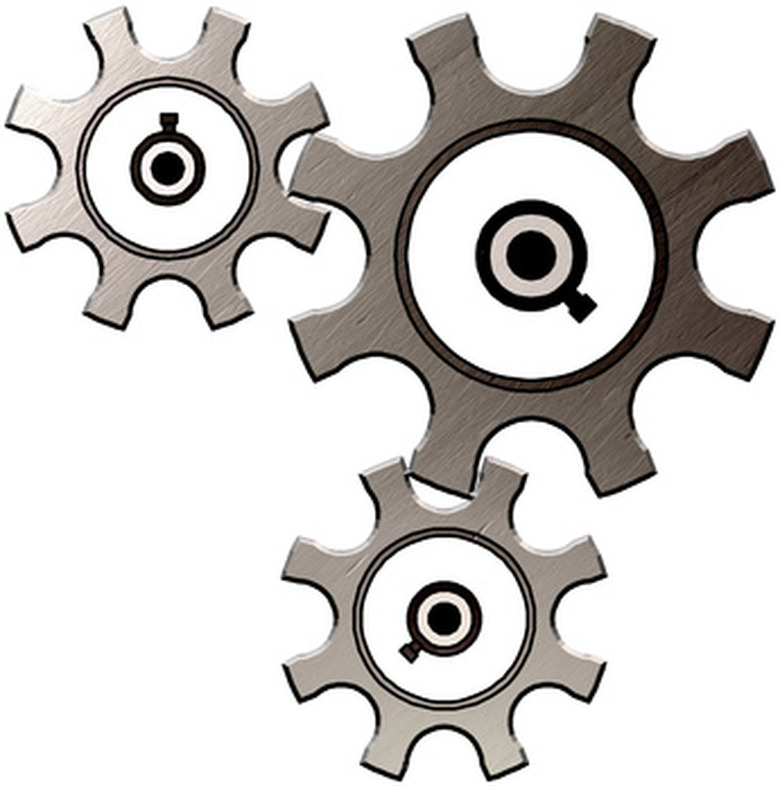Simple Gear Ratio Explained
The way that gears interact with each other is important to know for anyone planning to make the most of them. Most modern cars have gear ratios that were calculated with computers, but bikes and mechanical home projects do not. If you're mystified by gear ratios, it will help to know what a gear ratio is, and how it affects other parts of your mechanical device.
Gear Ratio
Gear Ratio
Where there are a number of gears meshing together, the number of teeth on them will form an important ratio: the gear ratio. When several gears are meshing together, they form what's called a gear chain. The ratio is only calculated from the first gear, the driving gear which is attached to the power source, and the last gear in the chain. If you count up the number of teeth on gear one, and on gear X (the last one) and set them in a ratio (1:X), this is the gear ratio. If the number can be reduced, you should reduce it, for example a ratio of 100 teeth:40 teeth reduces to 5:2.
Speed and Ratio
Speed and Ratio
The gear ratio is necessary for calculating the speed a given gear chain will produce. When you have that information, you have half of the information needed to calculate the speed. The equation is Speed(Gear 1) * Teeth (Gear 1) = Speed (Gear X) * Teeth (Gear X). So, if you have the speed the motor is putting into the gears, you can very easily calculate the speed of gear X.
Pulleys
Pulleys
On a bike, you have a slightly different system: instead of a pair of gears meshing directly, they're attached by a pulley chain, but the gear ratio still applies. On a mountain bike, for example, you have a set of concentric gears attached to the pedals, and more gears attached to the drive wheel. The ratio of teeth on the wheel gear to the teeth on the pedal gear will still form a ratio–and if you pedal at a set speed on the bike, changing that gear ratio will change how fast you go.
Idler Gears
Idler Gears
In a gear chain, when there are a number of gears in the middle, something fairly interesting happens to the middle gears. You may have noticed that in the previous calculations, the only gears that are important are the first and last. This is because gears in between don't impact the speed–they'll go as fast or slow as they need to. What they will change, however, is the direction: if there's an odd number of gears, the first and last will turn in the same direction.
Benefits
Benefits
The benefits of knowing the gear ratio is that you can use that to your mechanical advantage. There is a trade-off between speed and torque, which is rotational power. When the gear ratio is 1:1, the amount of torque is the same, and the speed is the same. However, as soon as you increase the gear ratio (1:4, for example), you're going to cut the amount of torque but significantly increase the amount of speed. If you reversed the ratio (say, 4:1), you would cut the speed but boost the torque.
Cite This Article
MLA
Turner, Grahame. "Simple Gear Ratio Explained" sciencing.com, https://www.sciencing.com/simple-gear-ratio-explained-6651403/. 24 April 2017.
APA
Turner, Grahame. (2017, April 24). Simple Gear Ratio Explained. sciencing.com. Retrieved from https://www.sciencing.com/simple-gear-ratio-explained-6651403/
Chicago
Turner, Grahame. Simple Gear Ratio Explained last modified March 24, 2022. https://www.sciencing.com/simple-gear-ratio-explained-6651403/


